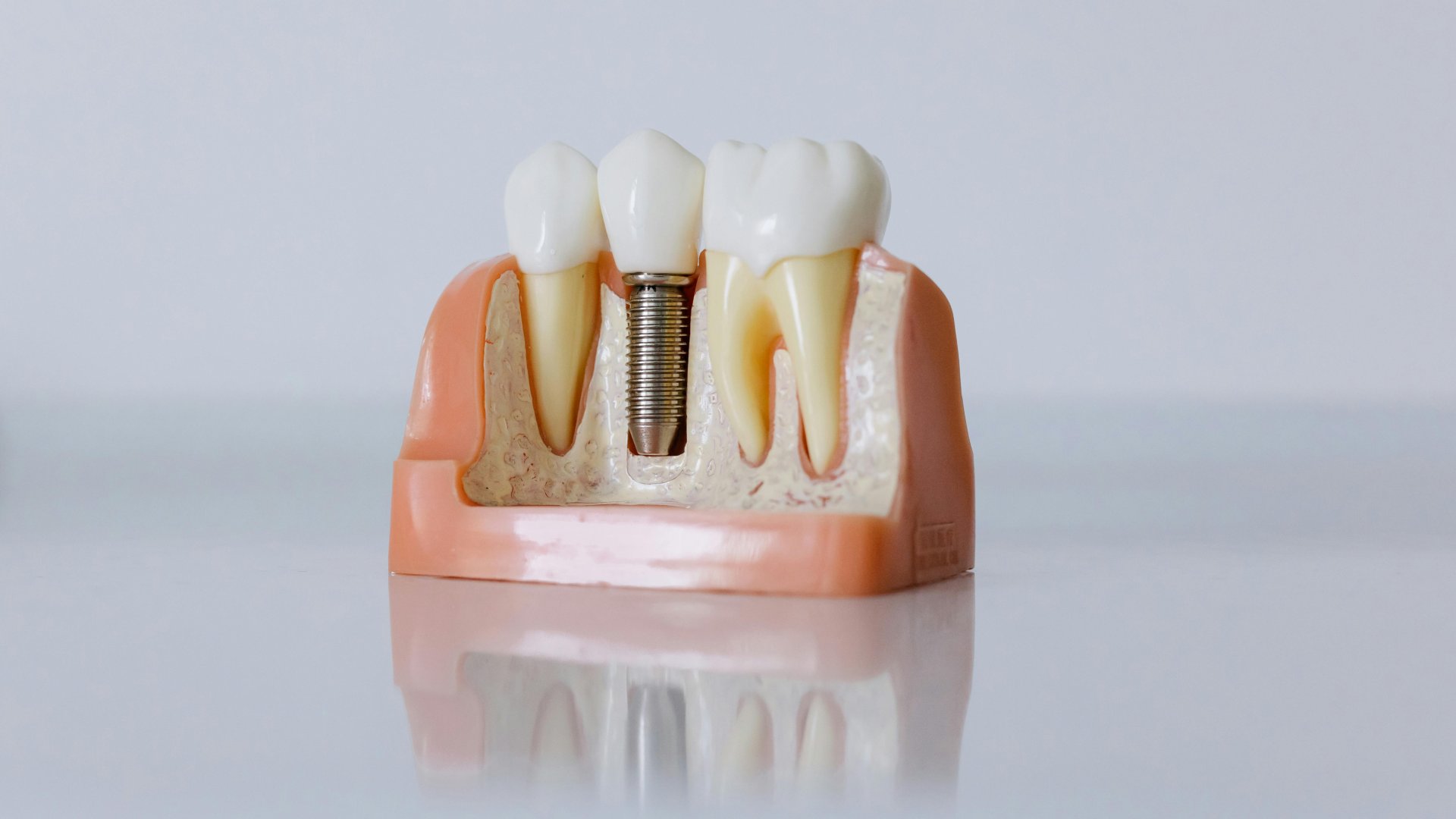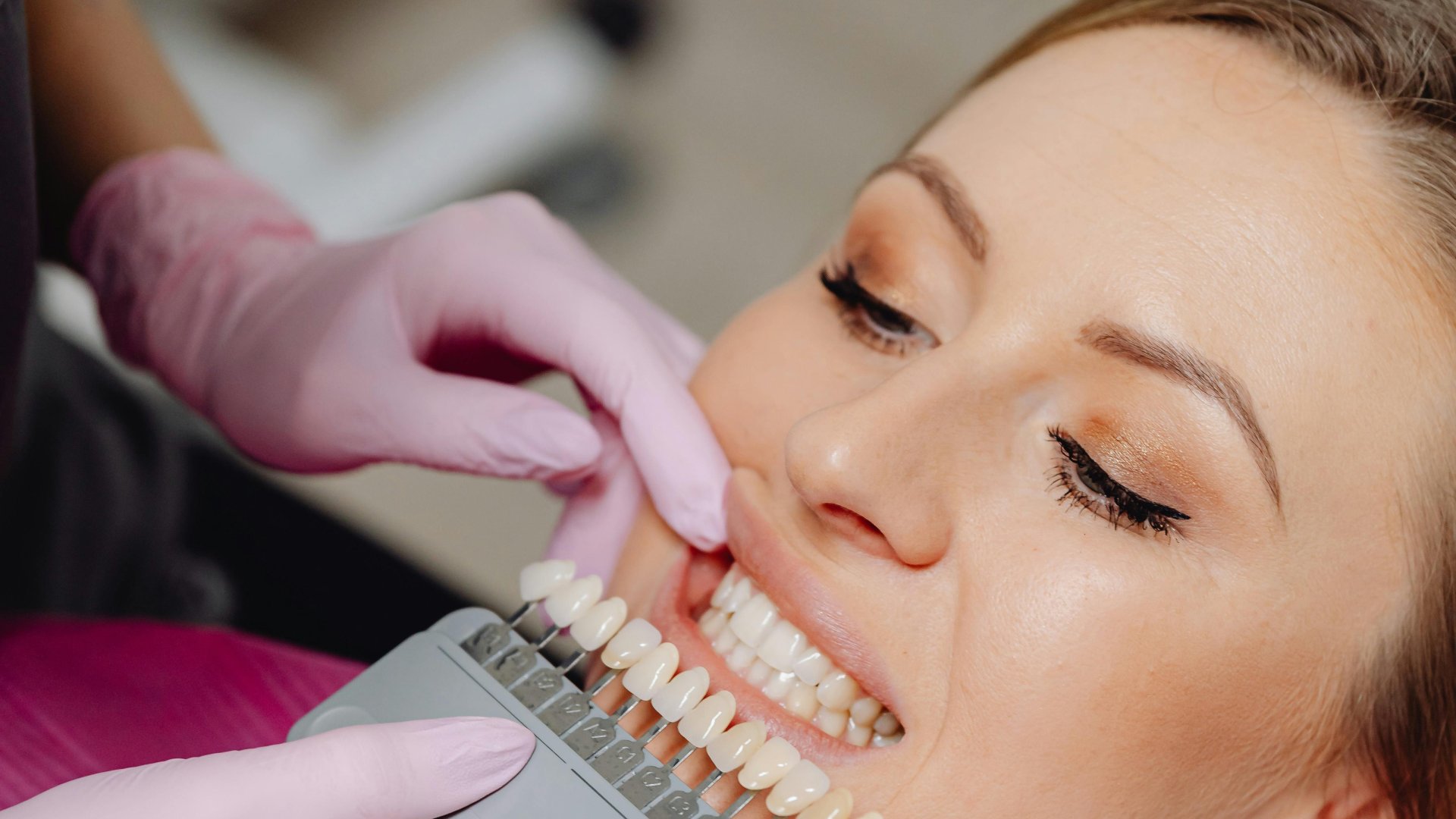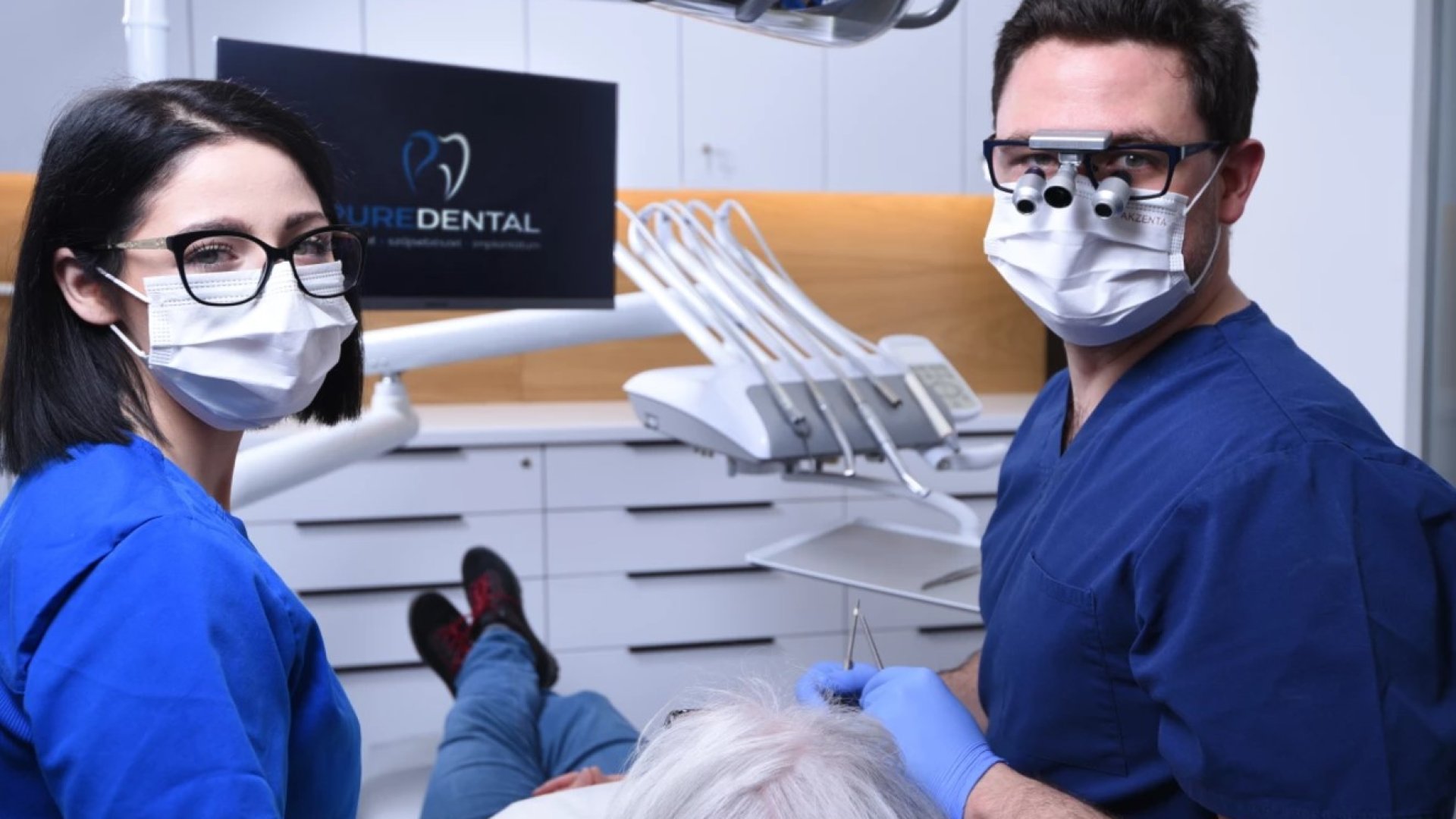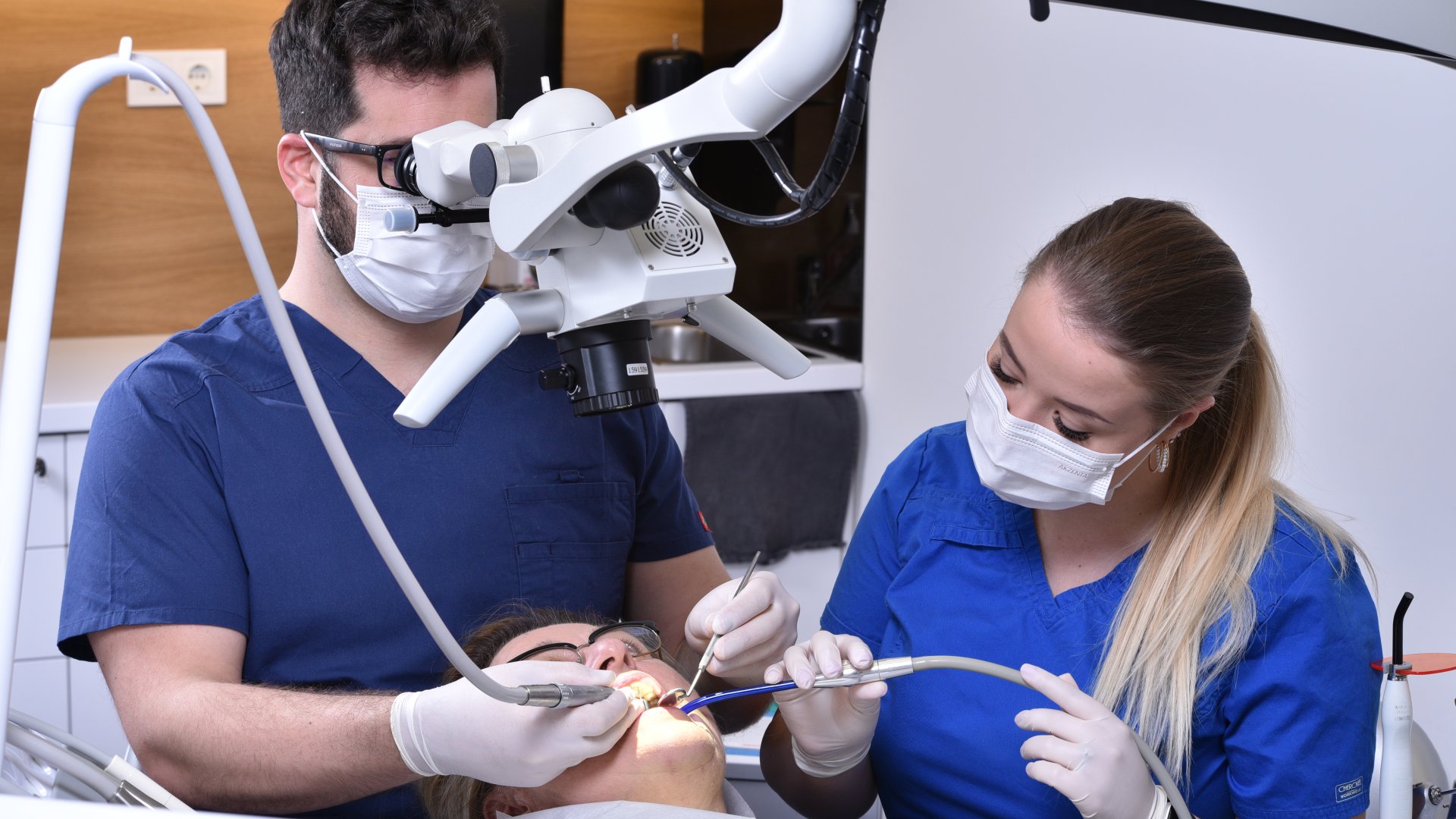Inflammation of the dental nerve
Some adverse effects, such as tooth fracture or decay, can cause the tooth to die and the nerves inside the tooth to become diseased and over-infected, leading to excruciating pain, known as periodontitis. Below, we explore what other problems, apart from discomfort, may be an indicator of gingivitis and how it can be treated.

Why is it important to treat tooth nerve inflammation?
An infection that attacks the dental nerve can also damage the surrounding bone tissue through the root canals. At this stage, the inflammation is considered a nodal disease, which means that it is an inflammation that is inaccessible to the body, and external dental help is essential to combat it.
How can a dentist help with inflammation of the dental nerve?
The first step in our dentistry is to diagnose the inflammation of the dental nerve with a diagnostic examination. Since in the case of an inflammation of the dental nerve or pulpitis, the dental nerve and the dental bowel can no longer be treated, our only treatment option is root canal therapy.
Why is root canal treatment important in the case of periodontitis?
Root canal treatment for periodontitis can prevent the bacteria in the inflammation from entering the bloodstream and spreading to other organs or causing long-term damage to bone tissue and nerves. Once the treatment is finished, the toxic substances from the gingivitis can no longer damage the body. It is also crucial to eliminate inflammation because secondary inflammatory foci can lead to cardiovascular disease and other problems. The first important step is to eliminate inflammation, and the only way to do this is through dental treatment.
How is inflammation of the dental nerve treated at PureDental?
The first step in root canal treatment is to remove the dead, inflamed tooth nerve - in other words, the pulp - from the root canal, and then, after a thorough cleaning, prepare the root canal to receive the root filling. In many cases, these processes take several sessions, so the root canals are temporarily sealed with antiseptic and medicated fillings between treatments.
Once the infected tissue in the root canals has been removed, the tooth is permanently root filled. The purpose of this is to close the root canals to bacteria to prevent further infection.
When the root canal treatment and root canal filling is done correctly, the root canal filling is wall-proof and fills the entire length of the root canal. If these conditions are met, the tooth can remain in place for a long time without causing excruciating pain.
How to avoid inflammation of the dental nerve?
Inflamed nerves can be easily avoided by regular visits to the dentist, for example by attending your annual general dental check-up. Regular dental hygiene treatments can also make a big difference in maintaining good oral hygiene and the health and aesthetics of your teeth. Of course, we should also remember to take good care of our mouths and teeth every day at home!
Come to our practice and take part in our dental diagnostics, during which we can identify your dental problems and provide you with a personalised treatment. Make an appointment now:







